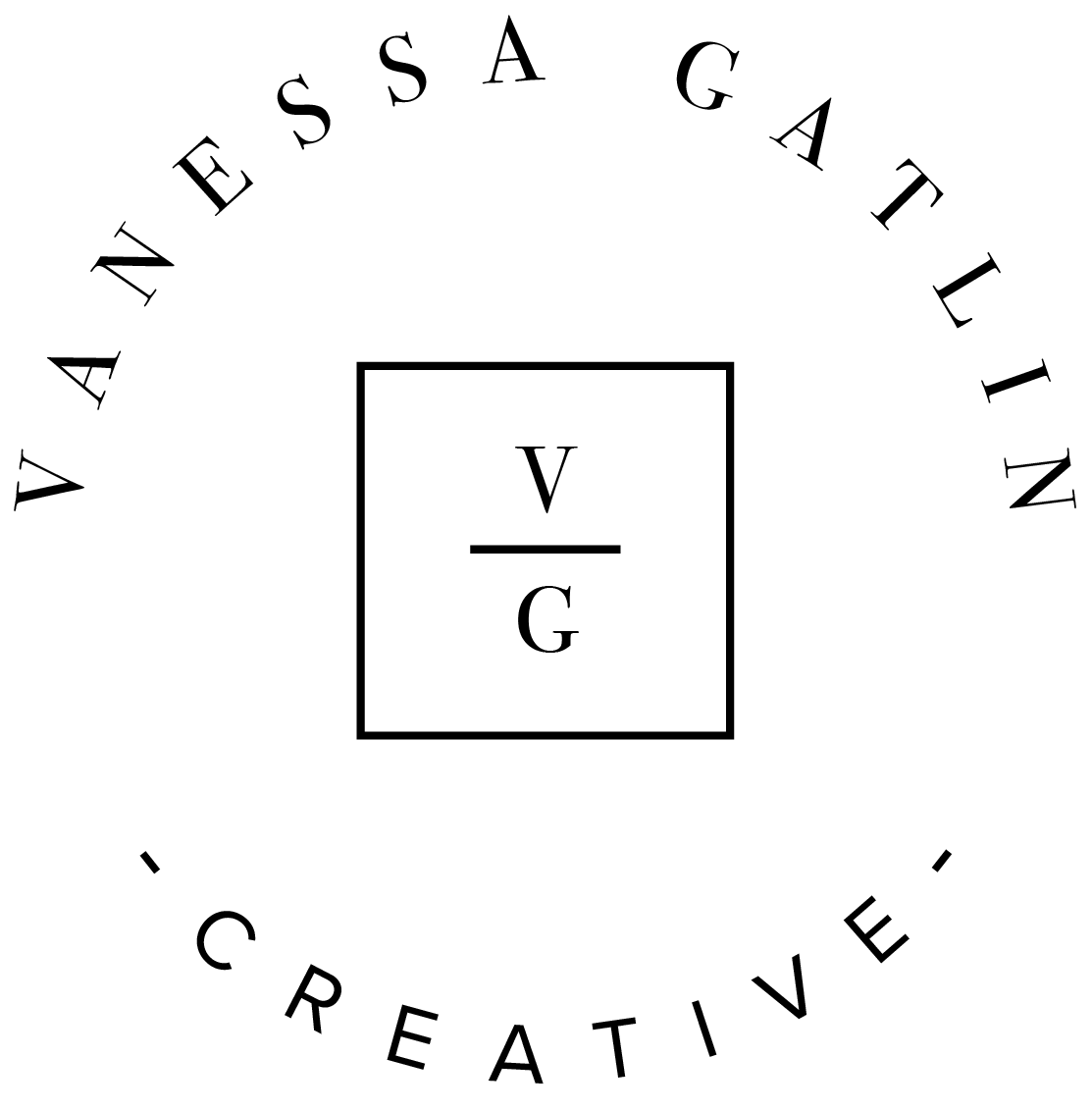fashionably speaking
Style is not young or old. It isn’t here or there. Scott Shuman, a.k.a. The Sartorialist, might even tell you that its then and now. Whatever style is (or is not), is clearly open to interpretation as demonstrated in Mr. Shuman’s new book Closer. One Monday night, I had the chance to hear Mr. Shuman speak on his experiences as a fashion blogger and street style journalist and chat with him about my own adventures in fashion blogging thanks to Wellesley College and the Davis Museum Student Advisory Committee.
Packed inside the grand auditorium in Alumnae Hall, the event was a tantalizing collection of fellow fashionistas (and fashionisto’s?). Any one of the attendees might have been a specimen of what one might find on Mr. Shuman’s site. Topknots, riding boots and jewel-toned apparel were prevalent as were the occasional sighting of Hunter rain boots and Wellesley College apparel.
Shortly after seven, the event began with opening remarks and Mr. Shuman’s stream of consciousness description of his professional adventures. He explained the tricky parts of blogging, his posting schedule (about six days a week), and his attempt at shooting subjects almost every day. He touched on resisting the urge or “pull”, to post content just to post it and the importance of submitting only things you’re proud of and can stand by. I listened eagerly, jotting down every word. He also shared brief anecdotes and testimonies of his love for fashion. In 1988, for example, when most guys has posters of Michael Jordan on their walls, he had Georgio Armani. At that time, Mr. Shuman (a native of Indiana) believed Armani was “the most important designer”.
Later into the program, Mr. Shuman discussed blogging strategies and observations. He noted that “you have to allow yourself a certain amount of vulnerability”, easing my concerns about posting material that I love that other people might not “get”. Mr. Shuman’s m.o., a collaboration of “an appreciation for art and design and fashion” was intriguing because it highlights that his appreciation for fashion and style goes beyond the superficiality some people associate with an industry seemingly based on the purity of aesthetics.
Following the lecture, I purchased a copy of Mr. Shuman’s new book and happily stood in line waiting for my chance to meet one of the figures who inspired me to pay attention to style in the first place. When it was my turn to have my book signed, I asked Mr. Shuman his best advice for an aspiring fashion journalist. His tip? Find a favorite designer and listen to ESPN Radio for help. Much like the earlier part of the evening, I was struck by this and was eagerly curious to find out what he meant. Needless to say, ESPN Radio was tuned on the dial on the ride home rather than by usual iTunes compilation.
To Mr. Shuman, one’s style is not based on glamour but rather the artful way of self-expression one can invoke from their style choices. In his words, “Fashion is fashion. Style is a way to communicate; to associate.” As he scrolled through his blog highlighting some of his more poignant works, his stories reinforced for me the importance of developing and maintaining a sense of style and helping others to understand that style is perhaps the single most important facilitator of communication. Of course, appearance isn’t everything and if you look at Mr. Shuman’s works you’ll come to understand that the clothes do not make the man. Body placement and attitude are just a few of the components of style that make the man (or woman), outfit and ultimately, one’s sense of style.
